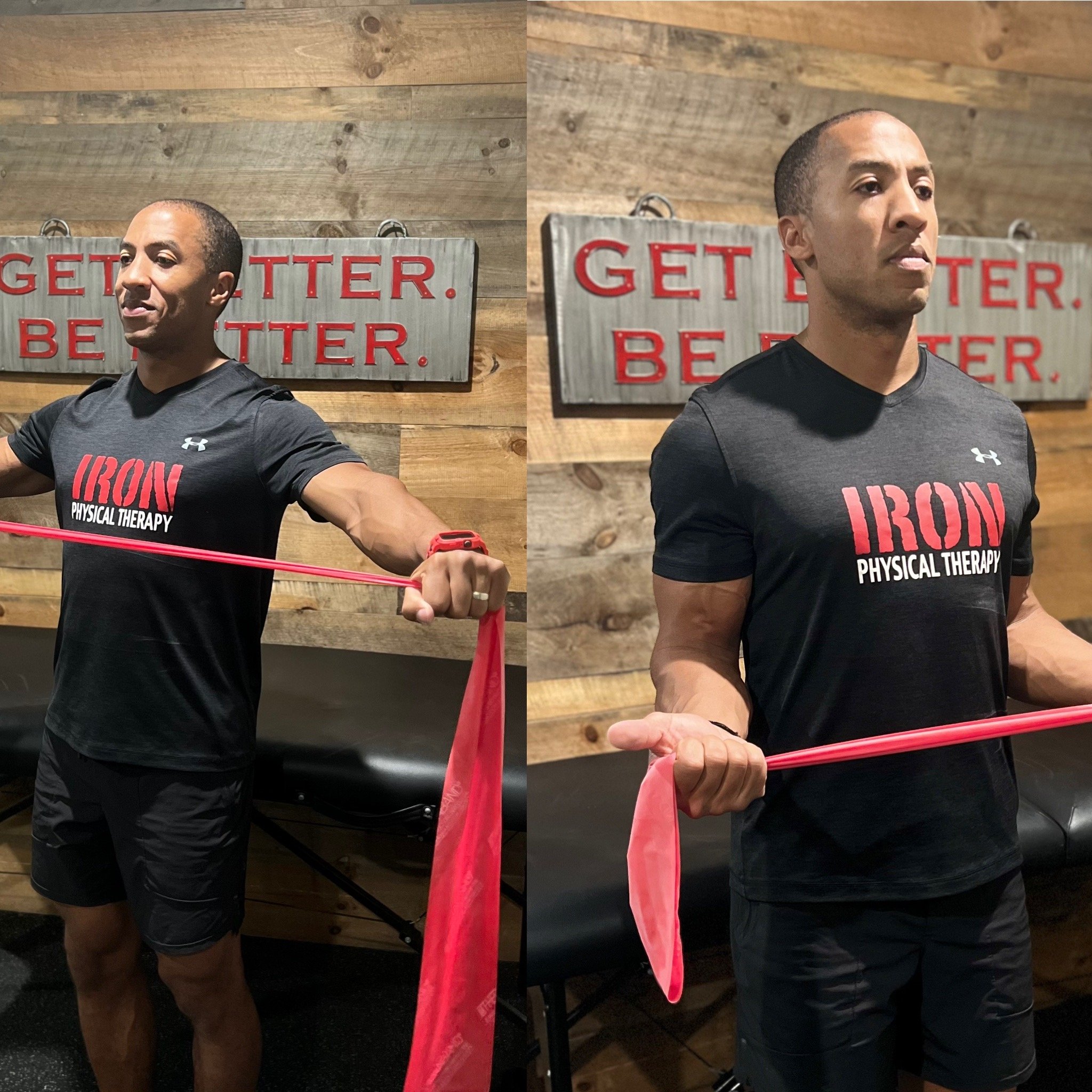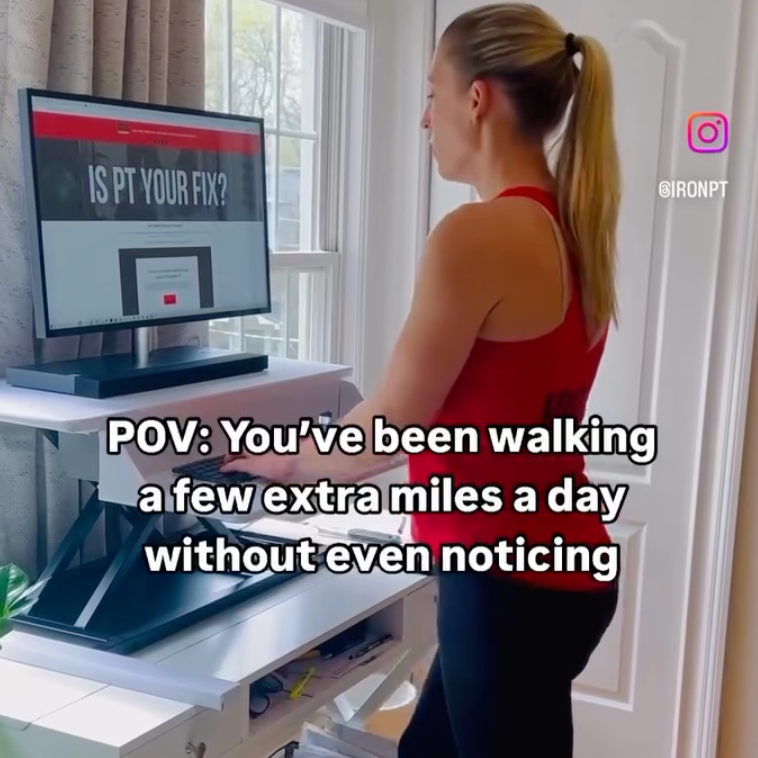Top 6 Wellness Tools at Home
Having a few basic essentials is so important to keeping your body healthy, mobile and strong. This is true for everyone, but if you’ve been through PT before, then these items will also be exactly what you need to keep up with your Home Exercise Program (HEP).
There are so many options out there, but our PTs have taken the guesswork out of finding the best and created a list of the top 6 mobility products & recovery tools they use themselves and recommend.
They cover the three areas that are essential when choosing basic equipment to take care of yourself at home: releases soft tissue, enhances stretching & loads the muscle.
Here’s two that Release Soft Tissue to Relieve Muscle Soreness
1. Lacrosse Ball
A simple lacrosse ball is an affordable, easy to store tool for self-treatment. It’s great for targeting certain areas or hard-to-reach trigger points. If you love the single ball, you can also get a double “peanut” ball to release tightness across the spine.
✔ Click here for our favorite lacrosse ball
✔ Click here for our favorite peanut ball
2. Foam Roller
A foam roller is another excellent tool to reduce soreness, increase blood flow, and aid in muscle repair. Other versions of rollers worth considering are a textured foam roller (for deeper work) or a half foam roller (for balance & stretching).
✔ Click here for our favorite basic roller
✔ Click here for our favorite textured roller
✔ Click here for our favorite textured roller
Here’s two that Help with Stretching Tight Muscles
3. Stretch Out Strap
A stretch strap has multiple loops that facilitate deep, gradual stretching of the major muscle groups.
✔ Click here for our favorite stretch strap
4. Long Resistance Band
This long resistance band does double duty by facilitating stretching/mobility and also strength by adding resistance to bodyweight exercises or providing assistance with pull ups.
Finally Load the Muscle to Improve Strength Training at Home
5. Sling Shot Hip Resistance Band
This hip band is perfect to upgrade any bodyweight exercise and target weak hips which are often the source of issues. It’s also great for a warmup before squats or a workout.
✔ Click here for our favorite hip band on
✔ Click here for the padded version we use
*Bonus Tool: A Walking Pad!
Desk jobs make it tough to get enough daily movement, so I upgraded my standing desk with a walking treadmill. It’s small, affordable, and lets you sneak in miles while you work, plus this one has an optional incline
✔ Click here for a similar one on Amazon
Remember that no “magic tool” can take the place of a physical therapist’s diagnosis, hands-on techniques and movement expertise. We always recommend seeing your healthcare professional or before starting a new program.
If you’re unsure if you need PT….
**While all the products on this list are our personal recommendations, some of the links in this post are Amazon affiliate links.







